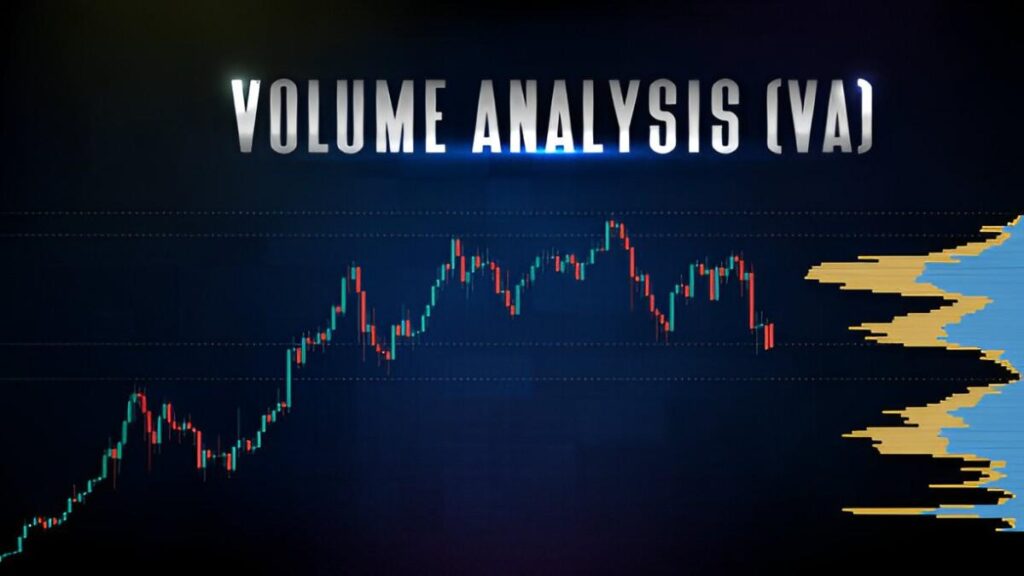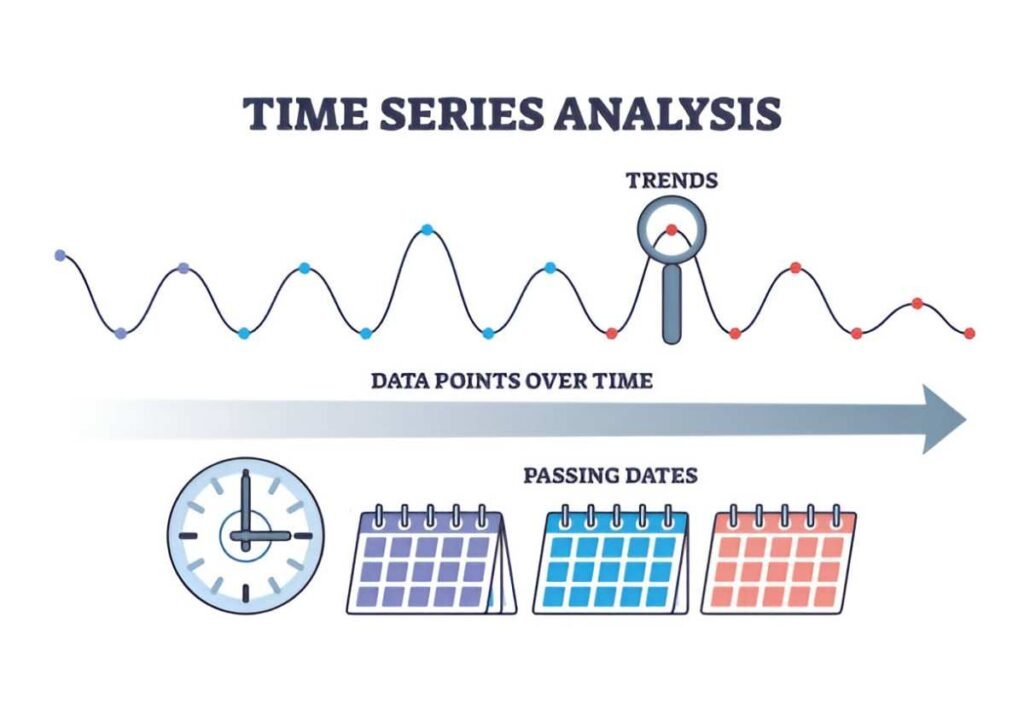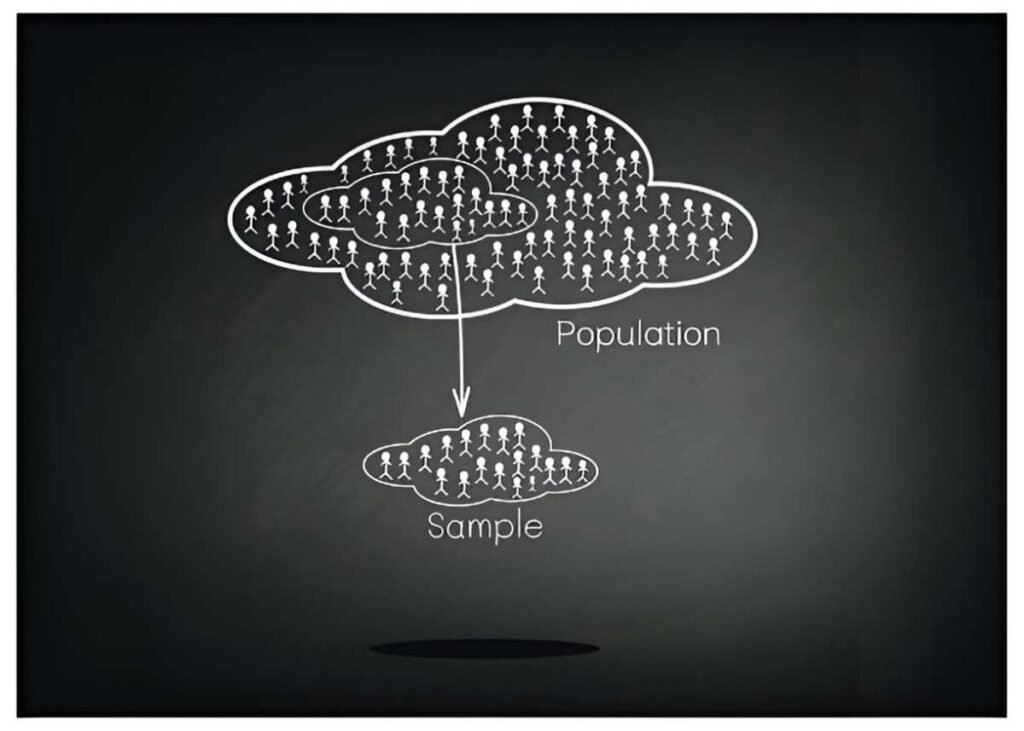Strategic gap analysis is one of the most powerful tools in finance, accounting, and business management. It helps organizations identify the difference between their current state and their desired future state, enabling them to craft actionable strategies to bridge that gap. In this article, I will demystify the art of strategic gap analysis, exploring its principles, methodologies, and practical applications. I will also provide examples, mathematical formulations, and real-world insights to help you master this essential skill.
Table of Contents
What Is Strategic Gap Analysis?
Strategic gap analysis is a systematic process of evaluating where an organization stands today and where it wants to be in the future. The “gap” refers to the difference between these two states. By identifying this gap, organizations can develop targeted strategies to achieve their goals.
For example, if a company aims to increase its annual revenue from $10 million to $15 million within three years, the gap is $5 million. The strategic gap analysis will help identify the steps needed to achieve this target, such as expanding into new markets, improving operational efficiency, or launching new products.
Why Is Strategic Gap Analysis Important?
In today’s fast-paced business environment, organizations must constantly adapt to changing market conditions, technological advancements, and consumer preferences. Strategic gap analysis provides a structured framework for decision-making, ensuring that resources are allocated efficiently and goals are achieved effectively.
From a financial perspective, gap analysis helps identify inefficiencies, uncover growth opportunities, and mitigate risks. It also aligns organizational objectives with actionable plans, fostering a culture of accountability and continuous improvement.
The Four Steps of Strategic Gap Analysis
Strategic gap analysis involves four key steps:
- Define the Current State
- Define the Desired Future State
- Identify the Gap
- Develop Strategies to Bridge the Gap
Let’s explore each step in detail.
Step 1: Define the Current State
The first step is to assess the organization’s current performance. This involves collecting and analyzing data across various metrics, such as revenue, profitability, market share, customer satisfaction, and operational efficiency.
For example, suppose I am analyzing a retail company. I would gather data on its current revenue, profit margins, inventory turnover, and customer retention rates. This data provides a baseline for comparison and helps identify areas of strength and weakness.
Step 2: Define the Desired Future State
The next step is to define the organization’s goals and objectives. These should be specific, measurable, achievable, relevant, and time-bound (SMART).
Continuing with the retail company example, suppose the desired future state is to achieve $15 million in annual revenue within three years, with a profit margin of 20%. These goals provide a clear target for the organization to strive toward.
Step 3: Identify the Gap
Once the current state and desired future state are defined, the next step is to identify the gap between them. This involves quantifying the difference and understanding the underlying factors contributing to it.
Using the retail company example, the revenue gap is $5 million ($15 million – $10 million). To understand this gap, I would analyze factors such as market demand, competition, pricing strategies, and operational efficiency.
Mathematically, the gap can be expressed as:
Gap = Desired\ Future\ State - Current\ StateIn this case:
Gap = \$15\ million - \$10\ million = \$5\ millionStep 4: Develop Strategies to Bridge the Gap
The final step is to develop strategies to bridge the gap. These strategies should be tailored to the organization’s unique circumstances and aligned with its overall objectives.
For the retail company, potential strategies might include:
- Expanding into new geographic markets
- Launching a new product line
- Improving supply chain efficiency
- Enhancing customer loyalty programs
Each strategy should be evaluated based on its feasibility, cost, and potential impact.
Mathematical Modeling in Strategic Gap Analysis
Strategic gap analysis often involves mathematical modeling to quantify the gap and evaluate potential strategies. Let’s explore some common mathematical concepts used in this process.
Linear Regression for Trend Analysis
Linear regression is a statistical technique used to analyze trends and predict future performance. It helps identify the relationship between a dependent variable (e.g., revenue) and one or more independent variables (e.g., time, marketing spend).
The linear regression equation is:
Y = a + bXWhere:
- Y is the dependent variable
- X is the independent variable
- a is the intercept
- b is the slope
For example, suppose the retail company’s revenue over the past five years is as follows:
| Year | Revenue ($ million) |
|---|---|
| 2018 | 8 |
| 2019 | 9 |
| 2020 | 9.5 |
| 2021 | 10 |
| 2022 | 10.5 |
Using linear regression, I can predict future revenue. Suppose the regression equation is:
Y = 7.8 + 0.5XWhere X represents the year (with 2018 as year 0). To predict revenue for 2025 (year 7):
Y = 7.8 + 0.5(7) = 11.3This indicates that, based on current trends, the company’s revenue in 2025 will be $11.3 million. However, the desired future state is $15 million, highlighting a gap of $3.7 million.
Break-Even Analysis
Break-even analysis helps determine the level of sales needed to cover costs and achieve profitability. It is particularly useful when evaluating new strategies, such as launching a new product or entering a new market.
The break-even point is calculated as:
Break-Even\ Point = \frac{Fixed\ Costs}{Selling\ Price\ per\ Unit - Variable\ Cost\ per\ Unit}For example, suppose the retail company plans to launch a new product with the following cost structure:
- Fixed costs: $100,000
- Selling price per unit: $50
- Variable cost per unit: $30
The break-even point is:
Break-Even\ Point = \frac{\$100,000}{\$50 - \$30} = 5,000\ unitsThis means the company must sell 5,000 units to cover its costs. Understanding this threshold helps in setting realistic sales targets and evaluating the feasibility of the strategy.
Real-World Applications of Strategic Gap Analysis
Strategic gap analysis is widely used across industries to drive growth and improve performance. Let’s explore some real-world applications.
Example 1: Retail Industry
A retail company wants to increase its market share from 10% to 15% within two years. By conducting a strategic gap analysis, the company identifies the following gaps:
- Limited online presence
- Inefficient inventory management
- Lack of customer loyalty programs
To bridge these gaps, the company implements the following strategies:
- Invests in e-commerce platforms
- Adopts advanced inventory management software
- Launches a customer loyalty program
As a result, the company achieves its target market share within the specified timeframe.
Example 2: Manufacturing Industry
A manufacturing company aims to reduce its production costs by 10% within one year. The strategic gap analysis reveals the following gaps:
- High energy consumption
- Inefficient production processes
- Excessive waste
To address these gaps, the company implements the following strategies:
- Upgrades to energy-efficient machinery
- Streamlines production processes
- Adopts lean manufacturing principles
These measures enable the company to achieve its cost reduction target.
Challenges in Strategic Gap Analysis
While strategic gap analysis is a powerful tool, it is not without challenges. Some common challenges include:
- Data Accuracy: Inaccurate or incomplete data can lead to flawed analysis and misguided strategies.
- Resistance to Change: Employees and stakeholders may resist changes required to bridge the gap.
- Resource Constraints: Limited financial, human, or technological resources can hinder the implementation of strategies.
- External Factors: Unpredictable external factors, such as economic downturns or regulatory changes, can impact the effectiveness of strategies.
To overcome these challenges, organizations must prioritize data quality, foster a culture of adaptability, allocate resources strategically, and remain agile in the face of external uncertainties.
Conclusion
Strategic gap analysis is an indispensable tool for organizations seeking to achieve their goals and drive sustainable growth. By systematically identifying gaps and developing targeted strategies, organizations can bridge the divide between their current state and desired future state.





